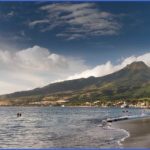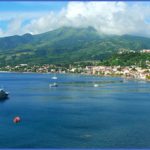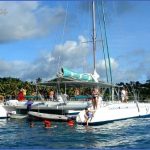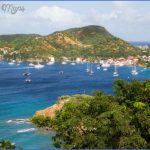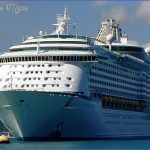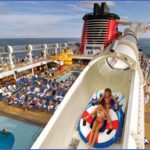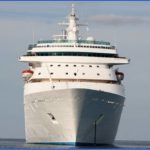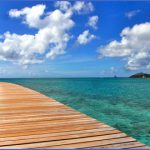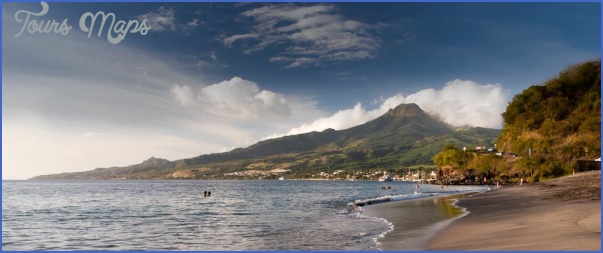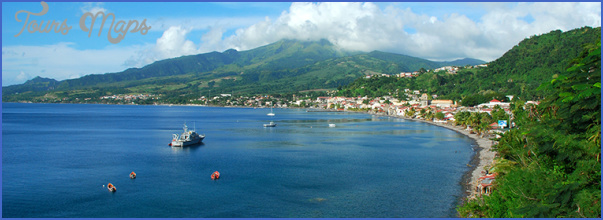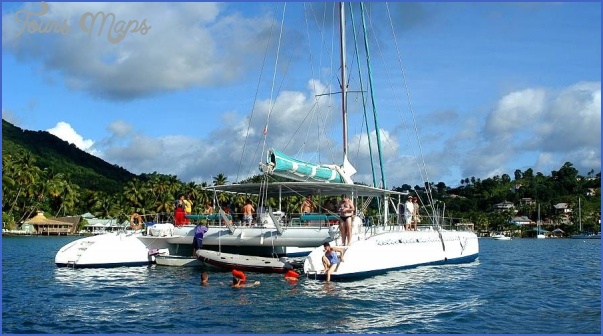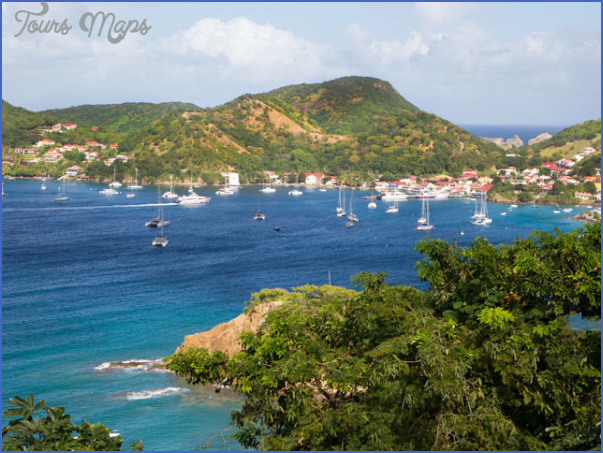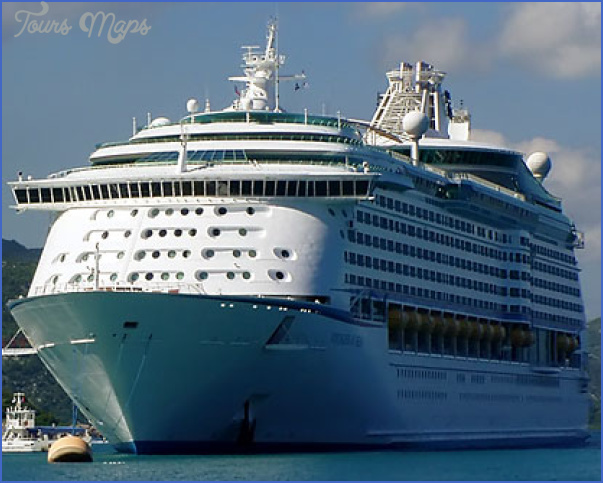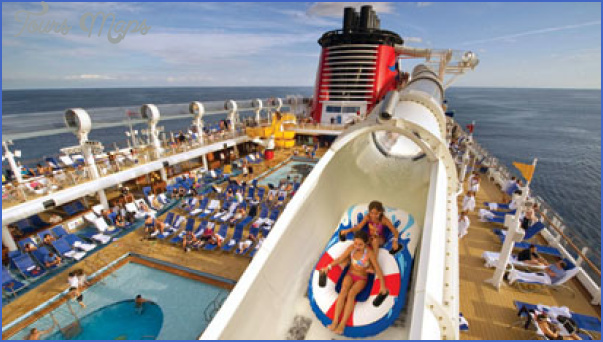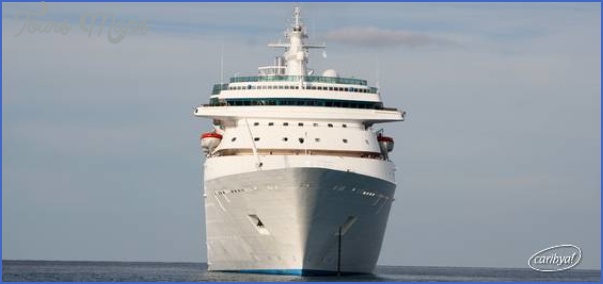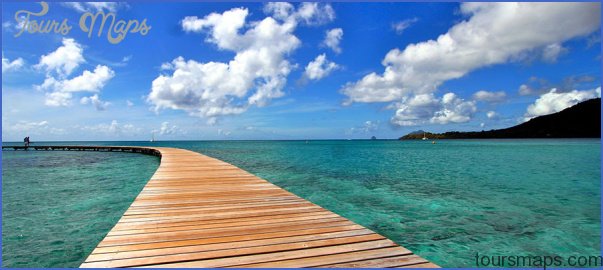For years, France and England vied to control this lush plantation island in the Southern Caribbean (hint: France won). With its quaint seaside villages, colonial ruins, beautiful rainforests, and captivating beaches, it’s a popular cruise port of call. Most cruise ships dock in the heart of the capital, Fort-de-France, at the Pointe Simon Cruise Dock, though when things get crowded they may also dock at the Tourelles Passenger Terminal at the main harbor, a 5-minute cab ride from Fort-de-France.
Martinique’s Favorite Daughter?
Across the bay from Fort-de-France, in Trois Ilets, the Musee de la Pagerie tells the life of Empress Josephine, the Martinique-born wife of Napoleon. Set in a humble cottage the former kitchen of Josephine’s aristocratic family’s planation it’s full of artifacts, from her childhood bed to the love letters Napoleon wrote her.
At the eastern end of downtown Fort-de-France, in La Savane park, a statue of Josephine was erected in 1848. However, today she stands headless her statue was decapitated in 1995 to protest her role in reinstating slavery on the island in the early 1800s.
Bustling Fort-de-France is a lovely town to walk around in, full of ochre buildings, wrought-iron balconies, Belle Epoque architecture, cascading flowers, and tall palm trees. The town’s narrow streets, cluttered with boutiques and cafes, climb from the bowl of the sea to the surrounding hills, forming a great urban amphitheater. Martinique is known as a great place to eat, with its mixed French and Creole culinary heritage.
Just east of the cruise docks, you can catch a blue ferry to cross the bay to La Pagerie and the resort area of Pointe du Bout. top beach At the island’s southern tip, Grand Anse des Salines has coconut palms, views of Diamond Rock, and white sand that seems to run for miles. North of Fort-de-France, the silver volcanic sands of Anse Turin are where French painter Paul Gauguin swam when he lived on Martinique. slice of history On the northwest coast, the fishing village of St. Pierre was the cultural capital of the island until 1902, when Mount Pelee erupted, killing all but two of St. Pierre’s 30,000 inhabitants.
Ruins of a church, theater, and other buildings still stand, and there’s a small museum out and about The ruins of a 17th-century sugar plantation are slowly being reclaimed by rainforest at Habitation Ceron (www.habitation-ceron.com ), a haunting reminder of Martinique’s colonial past. The on-site French restaurant makes a good lunch stop. under the sea Across the bay from Fort-de-France, the reef at Anse Dufour has excellent snorkeling. The reef is filled with marine animals, including French grunts, blackbar soldierfish, and silversides shopaholics alert In downtown Fort-de-France, especially on rue Victor Hugo, French luxury items perfumes, couture fashion, luggage, crystal, and dinnerware sell for 30% to 40% less than in the U.S. But beware: The island’s hefty value-added tax can wipe out much of those savings.
MARTINIQUE CRUISES Photo Gallery
Maybe You Like Them Too
- STAR CLIPPERS CRUISES TRAVEL GUIDE
- JAMAICA CRUISES
- TRAVEL TO CABO SAN LUCAS CRUISES
- NORWEGIAN CRUISE LINE CRUISES TRAVEL GUIDE
- Passports & Identification FOR CRUISE TRAVEL

